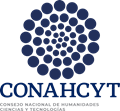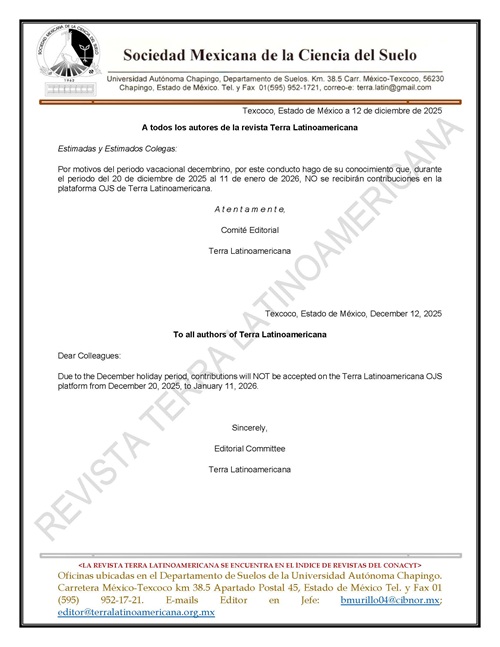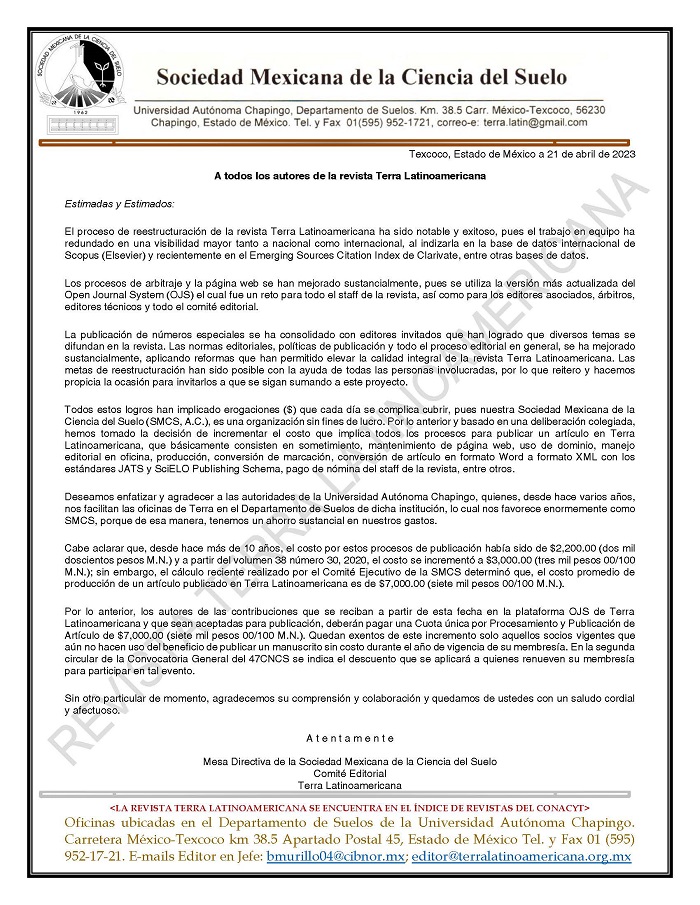Physical and chemical characterization of residual sludge biochar.
DOI:
https://doi.org/10.28940/terra.v37i3.409Keywords:
agriculture, pollution, recycling, toxic metalsAbstract
Pyrolysis treatment of sewage sludge to generate biochar is one of the current alternatives for environmental management of this waste. The treatment transforms sewage sludge into biochar, conserves some of the characteristics that give it an important agronomic value and reduces its pathogen content. The objective of this study was to analyze the potential use of the sewage sludge biochar obtained from the wastewater treatment plant (WWTP) of Morelia, Michoacán, México, as an agricultural soil improver considering the physical-chemical properties of the material and its content of nutrients and heavy metals as indicators. The sewage sludge was subjected to pyrolysis (SSB) in an experimental scale reactor that uses solar energy, with six residence times and temperature of 280 to 355 oC. The parameters analyzed were: pH EC, OM, Cu, Mn, Zn, Fe available (DTPA and EDTA), elemental composition (C, N, O, Ca, Mg, Na, K, P, S, Cl, Si, Al, Fe, Mn, Cu, Zn, Ti, Ni, Cr, Cd and Pb). The EC of the SSB obtained was from 592 to 5240 μS cm‑1, pH = 6.33 to 7.02, OM = 3.8 to 5.6%, high contents of C, N, P (31 to 38%, 6.5 to 7.7% and 37.7 to 48.8 g kg‑1, respectively), low Na/Ca ratio and a low content of total and available heavy metals. The properties of the SSB obtained indicate that it can be used as an agricultural soil improver since it is a material with high nutrient content and low environmental risk in terms of its low heavy metal content. These results should be complemented with studies on the response of plants to BLR, monitoring of physical-chemical conditions and analysis of organic contaminants in soil and water where this material is applied.Downloads
Publication Facts
Reviewer profiles N/A
Author statements
- Academic society
- Terra Latinoamericana
- Publisher
- Mexican Society of Soil Science, C.A.

















